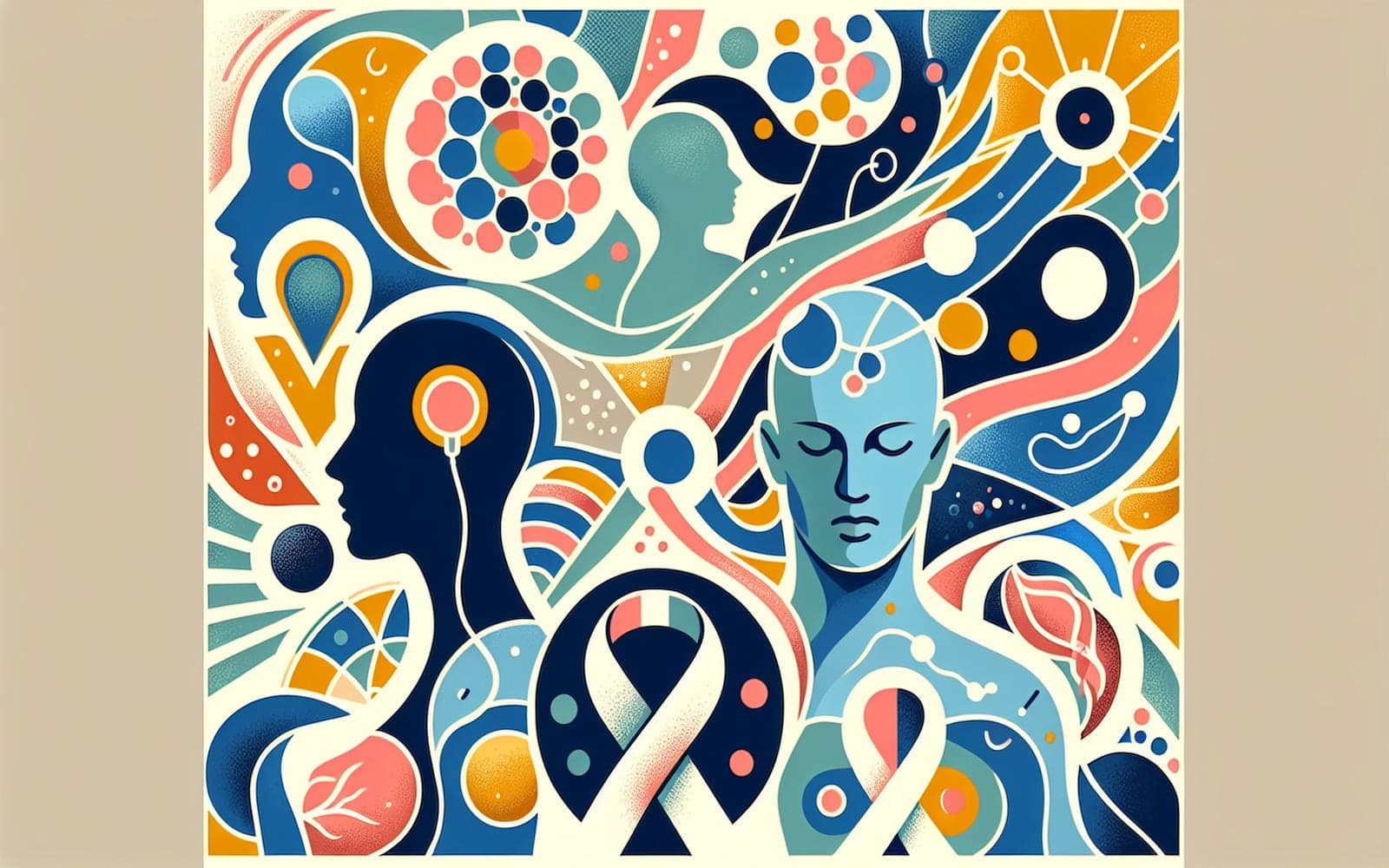Spotting the Symptoms of Classic Hodgkin Lymphoma
Published: Apr 20, 2024
Early identification of Classic Hodgkin Lymphoma (cHL) symptoms can lead to timely diagnosis and treatment. Learn which symptoms to watch for.
Contents
Common Symptoms to Look For
The most prevalent symptoms of cHL include painless swelling of lymph nodes, particularly in the neck, armpits, or groin. This swelling is usually firm and rubbery. Additionally, B symptoms such as fever, night sweats, and unexplained weight loss affect about 40% of patients and are significant indicators of the disease.
Recognizing B Symptoms
B symptoms refer to systemic signs like fever exceeding 100.4°F, drenching night sweats, and weight loss of more than 10% of body weight. These symptoms are often associated with more advanced disease stages and can influence treatment strategies. Spotting these symptoms early can facilitate prompt medical intervention.

Uncommon but Significant Symptoms
Less common symptoms include severe itching (pruritus) and pain after alcohol consumption. These symptoms, while rare, are highly specific to cHL and can precede a diagnosis by months. Recognizing these signs can aid in early detection and improve treatment outcomes.
Frequently Asked Questions
Common symptoms include swollen lymph nodes, fever, and night sweats.
B symptoms are fever, night sweats, and weight loss.
Yes, severe itching is a less common symptom of cHL.
B symptoms indicate advanced disease and affect treatment decisions.
Key Takeaways
Being aware of cHL symptoms is crucial for early diagnosis and effective treatment.
Get started by discussing any symptoms with Doctronic for a thorough evaluation.Related Articles
References
Mauch PM, Kalish LA, Kadin M, et al. Cancer 1993; 71:2062.
Shimabukuro-Vornhagen A, Haverkamp H, Engert A, et al. J Clin Oncol 2005; 23:5739.
Always discuss health information with your healthcare provider.

